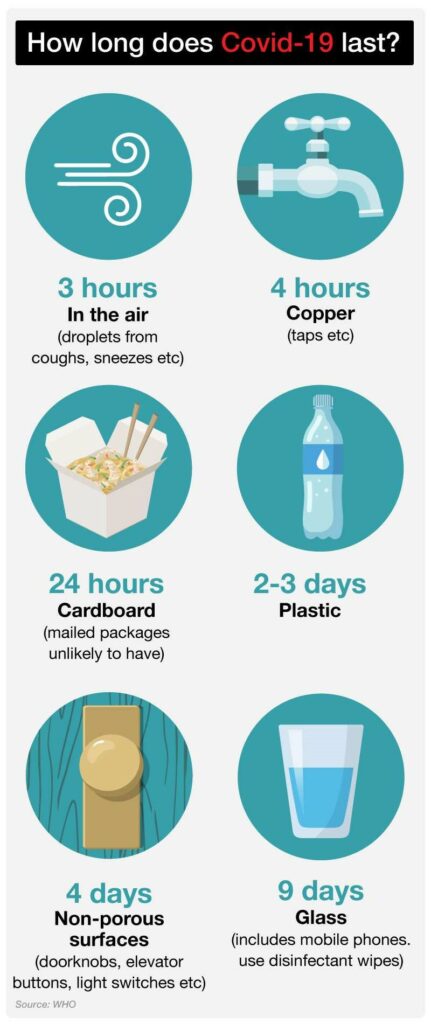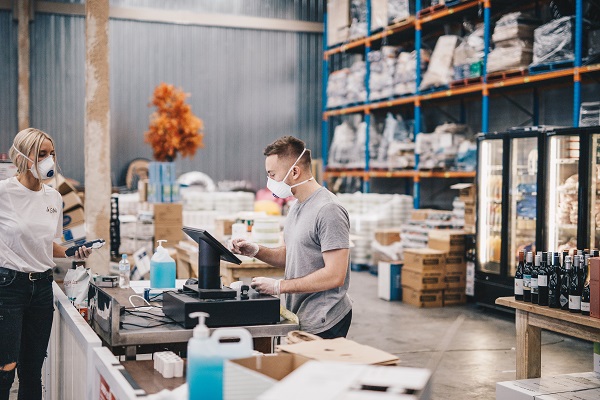Contactless – The New Norm
COVID-19 can easily be transferred from one surface to another. This can occur in the following ways:
- From a person’s hands to cutlery, crockery or glassware
- From a contaminated surface to a person’s hands
- From a customer coughing onto nearby surfaces or objects
In the hospitality industry, some more specific examples of surfaces that are at high risk of cross contamination include:
- Clothing
- Food contact surfaces in kitchen preparation areas
- Frequently touched surfaces such as door handles, toilet seats, tables and chairs
- Using salt and pepper shakers

It is crucial that venues and employees follow the following contactless procedures when businesses reopen:
Preventing unnecessary direct contact with ready to eat food.
Encourage guests to pay contactless. If handling cash, be sure to practice good hand hygiene immediately after handling. If using gloves, be sure to dispose of gloves after each use.
Snack food to be served in individual portions.
No cutlery, serviettes or menus in communal containers. Where possible, it is recommended to provide single use cutlery.Â
Clean and sanitise furniture after guests leave.
Table layout in the venue to allow for adequate social distancing spacing between customer groups and also between employees and customers.
Floor markings and barriers where required to be located around the venue to provide guidance on social distancing. This will be monitored and managed by the dedicated Hygiene Officer.
Deliveries from external suppliers to be left in a designated area, minimising entry to the venue areas to prevent potential transmission. If the delivery requires receipt ie: food items, ensure that social distancing guidelines are followed and practice good hand hygiene immediately after.Â

